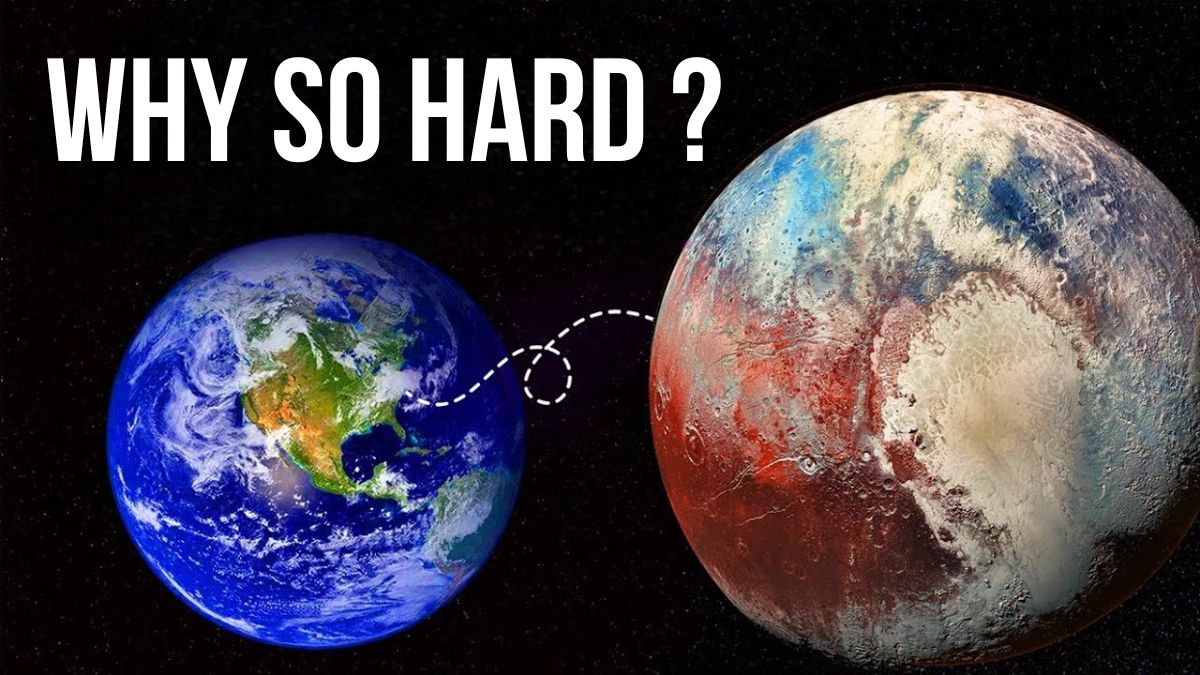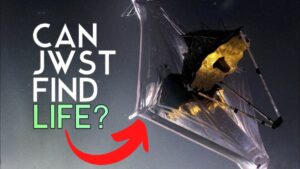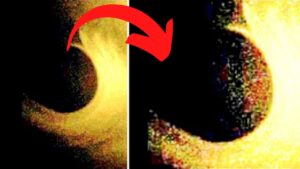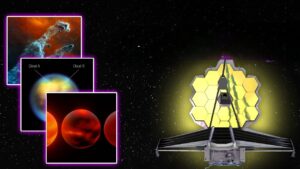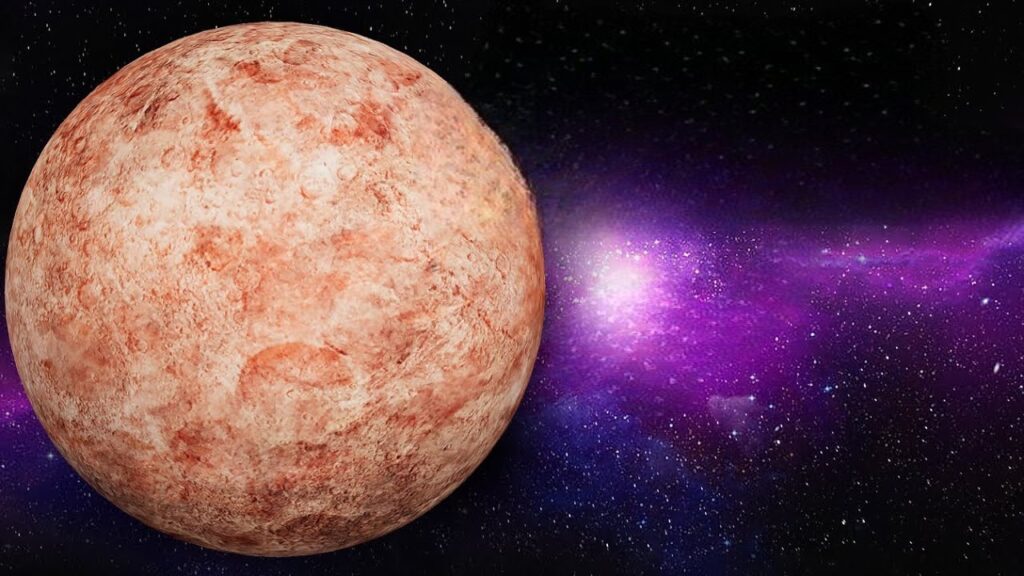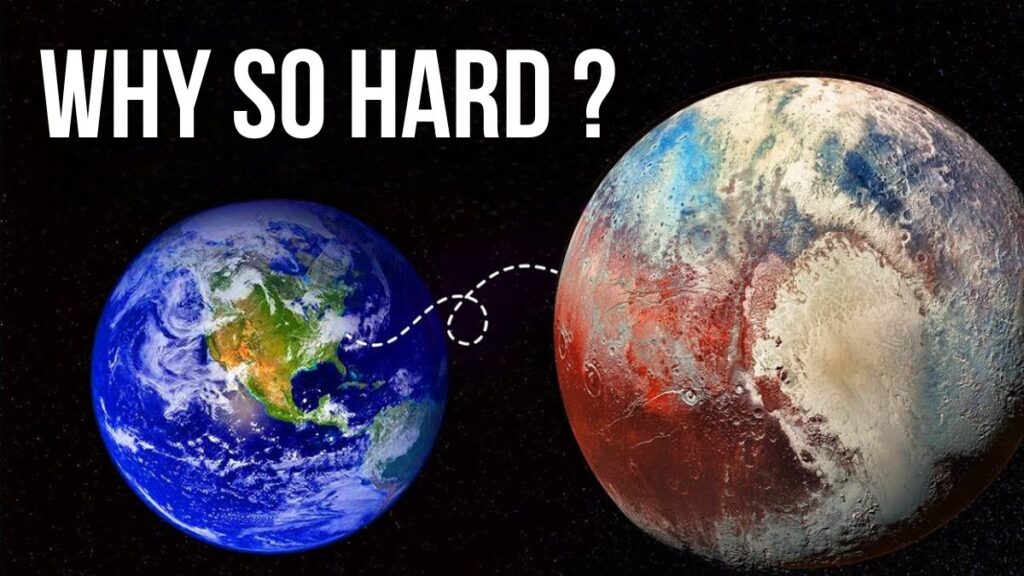
Pluto is the farthest celestial body that a spacecraft has reached. This dwarf planet is more than 6 billion kilometers from Earth. On July 14, 2015, new horizons was the only spacecraft that was able to observe Pluto directly.
Nevertheless, this ship did not enter Pluto’s orbit; He saw it once, and he continued on his way to the farthest reaches of the solar system. But why would he spend so much money on a simple way to get to Pluto?
Let’s discover!
The uttermost of for some years pluto was viewed as the 10th planet in the planetary group and the farthest of all.
Situated at the most distant compasses of the domain of the sun, it appeared to be that it would require hundreds of years for humankind to arrive at this little world.
However, pluto’s first visit occurred much earlier than most scientists anticipated.
Gary Flandro, a NASA scientist who worked at the jpl laboratory, realized in 1964 that there would be a gap of approach between the gaseous planets between 1976 and 1978. If a space exploration probe were launched on those dates, it could use a series of successive gravitational assists to visit most of the outer planets by taking advantage of the unusual planetary alignment that occurs almost every two centuries.
Not long after, nasa sent off an aggressive venture called excellent visit, which would star two twin tops tests (albeit, on a fundamental level, they ought to be four).
The first of the probes would go to Jupiter, Saturn, and Pluto in 1976 or 1977, while the second would go to Jupiter, Uranus, and Neptune.
The encounter with Pluto would take place in 1985 or 1986, as planned by NASA.
The ambitious grand tour project was analyzed by NASA and found to be too expensive. As a result, both the grand tour project and the tops probes were canceled.
The famous voyager exploration probes were the result of a new, smaller, and less expensive project that NASA launched shortly after.
In the beginning, voyagers were planned to travel in the same direction as the grand tour project. NASA could still send voyager 1 to pluto after it visited Saturn.
In the spring of 1986, voyager 1 would have passed by the pluto system if the mission had been approved.
All things considered, nasa liked to send the test near titan, saturn’s biggest moon, as opposed to pluto.
Therefore, any trip to Pluto was postponed once more.
Why were missions to Pluto repeatedly canceled?
The reason is clear: Pluto is far enough away.
a challenge for the technology of the time, as the voyager probes were not equipped with solar panels because their purpose was to investigate distant planets; Because of the extremely low solar radiation in those areas, a solar panel would not be able to generate sufficient power.
Instead, the probes had nuclear batteries that used a radioactive compound’s thermal radiation to generate electrical energy.
Nasa came to the conclusion that, due to natural wear and tear, this source of radioactive energy might run out long before pluto, so rather than lose the spacecraft, the decision was made to take advantage of the opportunity to visit titan.
No one anticipated that the voyager’s power source would continue to function after visiting Titan; It was just happenstance.
Following these missions, the National Aeronautics and Space Administration (NASA) concluded that pluto is a remote, lonely, and small world. As a result, any ships that wish to visit it in the future will need to be extremely expensive and complicated.
The ninth planet would have to wait because many scientists thought it was better to spend that money studying the giant planets and their dozens of satellites.
Despite the fact that there were unquestionably exciting projects, there was no serious proposal to investigate Pluto during the 1980s.
The interstellar precursor mission (ipm) study at the jet propulsion laboratory (jpl) was the most intriguing of these.
The goal of the ipm mission was to quickly send a large probe to the heliopause, the edge of the solar system where the solar wind gives way to the interstellar medium.
The probe would weigh approximately 90 tons; Yes, that is correct: 90 tons!
That is, it should be assembled into earth orbit by more than five space shuttle missions, making it the largest exploration probe ever.
A nuclear reactor and an electric propulsion system (nep) with ion engines would power this spacecraft.
And what was the connection between ipm and pluto?
In order to investigate the ninth planet, which would split up as it passed close by, this had to be equipped with a probe.
For Jupiter research, this orbiter would be comparable to the Galileo probe.
It would use a propulsive stage, or rocket, to slow down and put itself in orbit around pluto in the first decade of the twenty-first century, which is hoped for.
As you might imagine, this never came to pass because, once more, the price of such a project would be prohibitive.
In 1989, the voyager 2’s encounter with Neptune sparked interest; Since Pluto was the only planet left to explore, this event rekindled interest in a mission to the planet.
Triton, the largest moon of Neptune, had also been discovered to be a complex planet with an atmosphere, polar ice caps, and nitrogen geysers.
Since it was discovered in 1988 that pluto was also shrouded in a tenuous atmosphere, earth-based observations suggested that triton and pluto must be very similar due to their shared origin in the Kuiper Belt.
Moreover, in 1978, pluto’s most memorable moon, charon, was found, so a test could now investigate two universes at the cost of one.
Once more a mission to pluto climbed mainstream researchers’ needs.
The pluto 350 mission was one of the first ideas.
The radioisotope generator (rtg), which was used to generate electricity, was included in the spacecraft’s weight, which was referred to by the name as not exceeding 350 kilograms.
Two months after voyager 2’s encounter with Neptune, Pluto 350 was born.
There would only be four instruments included: a radio experiment to primarily observe the atmosphere, a camera, an ultraviolet spectrometer for studying the atmosphere, and a plasma analysis instrument.
Alan Stern, a planetary scientist, was one of the mission’s architects. He would play a significant role in the exploration of Pluto’s past.
The launch should take place as soon as possible because scientists feared that the dwarf planet’s atmosphere would freeze as it moved away from the 1987 equinox.
The pluto 350 mission, like the other proposals for spacecraft to pluto, was to fly by Jupiter to perform a gravitational assistance maneuver, which would shorten the flight time by two or three years, depending on the launch window.
To put the boat on an immediate direction to the gas monster, the mission must be sent off by an enormous rocket, a titan iii or a titan iv, which was the most strong american launcher at that point.
But the mission cost more because of this requirement.
In a paradox, NASA turned down the pluto 350 mission because it was too easy.
This is due to the fact that numerous scientists and engineers asserted that launching a 350 kg probe into the outer solar system was reckless and had no chance of success, given that the voyagers had previously carried a mass of approximately 800 kg at launch.
To put it another way, the National Aeronautics and Space Administration (NASA) would rather go with a straightforward mission that could go wrong than one that was straightforward and costly.
In a time when budgets were limited, NASA focused on straightforward flyby missions, which were never carried out.
The pluto fast flyby (pff) mission was announced by jpl’s Robert Staehle in 1992.
a relatively insignificant undertaking in comparison to previous endeavors.
Pff, with a mass of less than 150 kilograms, would be tiny if pluto 350 had once been a small probe.
A few years ago, few people thought it was possible to build such a probe. However, as NASA’s budget was constantly cut, these new low-cost missions became almost the only option.
After some time had passed, the proposal for the pluto fast flyby mission was turned down by NASA, and pluto express, a new mission, took its place.
Since david jewitt and jane luu discovered the first body in the kuiper belt in 1992, it became increasingly clear that pluto belonged to a new family of trans-neptunian objects rather than a planet like the others.
The mission would be christened pluto kuiper express (pke) for this reason.
Even though its design was similar, pke would be slightly heavier than pluto fast flyby (140 kg) and carry 9 kg of scientific instruments.
Due to budget cuts, both the pluto fast flyby and the pluto kuiper express were ultimately canceled.
However, a trip to Pluto remained a top scientific priority as the launch window from 2001 to 2006 drew ever closer, and there would be no other option after that.
Therefore, in 2000, in an effort to find a mission to Pluto, nasa launched a public contest.
Although this strategy had been very effective on low-cost missions known as discovery, it had never been attempted with such a costly probe.
Since the mission to pluto required a more costly mission than a revelation type mission yet less expensive than a leader mission, nasa chose in 2002 to make the new outskirts class for this kind of test.
This is how the new horizons proposal emerged victorious on February 5, 2001.
It would initially carry four scientific instruments, including: – The alice ultraviolet spectrometer, the mvic color camera, the leisa infrared spectrometer, the rex radio experiment, the lorri black-and-white telescopic camera, and the pam particle study probe were all “trimmed” to reduce the probe’s mass and cost, and the antenna’s diameter had to be reduced from 3 meters to 2.1 meters.
The vehicle reached a final mass of 478 kilograms.
In 2014, the mission would cost $646 million in total.
The test was sent off from cape canaveral on january 19, 2006.
In order to take advantage of Jupiter’s gravitational pull and achieve a speed difference of approximately 4,023 m/s (14,482 km/h), New Horizons approached Jupiter in February and March 2007.
The first images showing pluto and its largest satellite, charon, as distinct entities were returned by the probe in July 2013.
The images that were sent back improved in resolution as new horizons got closer to Pluto.
The new horizons probe took the sharpest images it had ever seen of pluto, which was once the ninth planet in the solar system, as it traveled 12,500 kilometers from the planet’s surface at a relative speed of 49,600 kilometers per hour until the day that everyone expected to happen on July 14, 2015.
The probe not only took pictures of Pluto, but it also sent a lot of information that helped solve all of the planet’s mysteries; Because of this, we now know that pluto is a huge ball covered in ice that was formed by recent geological activity and may contain water.
The new horizons probe continued its journey to the outer reaches of the solar system following the pluto flyby; No other mission has yet succeeded in reaching this faraway world.
Do you figure we will at any point return to pluto?
Comment below with your thoughts.
Explore:

